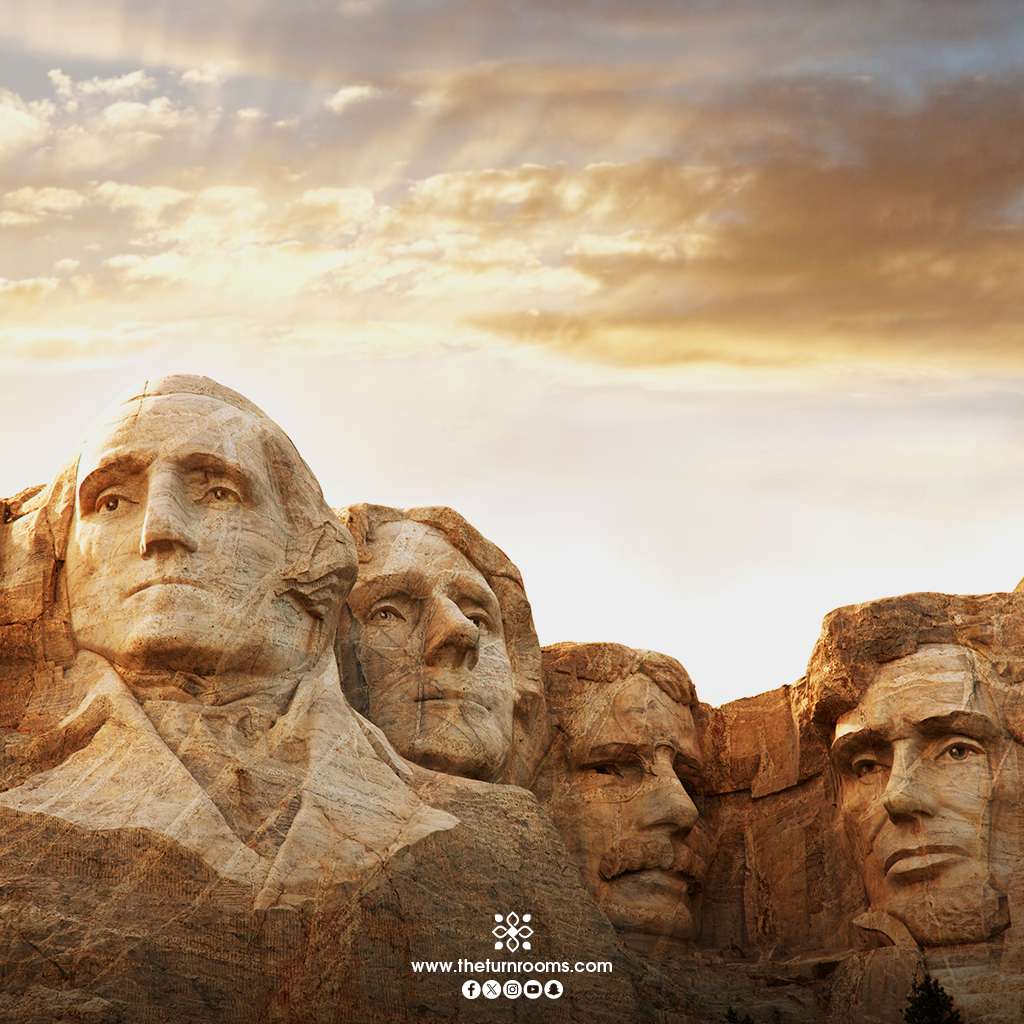
A Cultural Journey: America’s Diverse Heritage
A dynamic and colorful legacy has been woven into the fabric of the United States from a wide variety of cultures, traditions, and histories. The United States of America is a diverse and resilient nation that has a rich history that spans from indigenous peoples and early European settlements to the fight for civil rights and the achievements of immigrant groups. Come along as we on a cultural tour of the United States, stopping at some of the most interesting museums and historic places where people may learn about the rich history of our nation.
1. Smithsonian Institution, Washington, D.C.: Celebrating American History and Culture
There are 19 museums, galleries, parks, and a zoo that make up the Smithsonian Institution, sometimes called “America’s attic,” and it is the biggest museum complex and research institution in the world. The Smithsonian Institution, situated in the very center of Washington, D.C., provides guests with an all-encompassing survey of the arts, sciences, and culture of the United States.
"The Smithsonian is more than just a museum—it's a treasure trove of knowledge, where visitors can explore the depths of American history and culture." — Unknown
Two of the Smithsonian’s most impressive museums are the National Museum of African American History and Culture and the National Museum of American History, both of which provide compelling visual representations of the African American experience and its historical development from prehistoric times to the modern era.
2. Ellis Island, New York: Gateway to the American Dream
Between 1892 and 1954, millions of immigrants passed via Ellis Island, which is located in New York Harbor. Visitors may learn about immigration history and find out how their own ancestors came to the United States at the Ellis Island National Museum of Immigration, which is located on the island today.
"Ellis Island is a symbol of hope and opportunity, where millions of immigrants embarked on a new chapter in their lives and helped shape the fabric of America." — Unknown
The museum’s Great Hall and Wall of Honor are its most notable features; the former was used for immigration processing, while the latter honors the millions of people who came to the United States through Ellis Island in quest of a better life.
3. Mesa Verde National Park, Colorado: Preserving Native American Heritage
Among the best-preserved cliff houses and archeological sites in North America may be found at Mesa Verde National Park, which is situated in southwestern Colorado. These ancient remains, constructed by the original Puebloan people between the sixth and twelfth centuries, provide insight into the way of life and traditions of the first people who inhabit this area.
"Mesa Verde is a testament to the ingenuity and resilience of the ancestral Puebloan people, who built thriving communities amidst the rugged landscapes of the American Southwest." — Unknown
Highlights of Mesa Verde include Cliff Palace, the largest cliff dwelling in North America, and Balcony House, which features a series of steep ladders and narrow passages that visitors can explore.
4. Independence National Historical Park, Pennsylvania: Birthplace of American Independence
In Philadelphia, Pennsylvania, you’ll find Independence National Historical Park, which is home to several significant historical sites. Among these is Independence Hall, the site of the debates and adoptions of the United States Constitution and the Declaration of Independence.
"Independence National Historical Park is a living testament to the ideals of freedom, democracy, and equality that have shaped the course of American history." — Unknown
Among the park’s most notable attractions are the National Constitution Center, which hosts engaging exhibitions and activities delving into the history and relevance of the United States Constitution, and the Liberty Bell, a timeless emblem of American independence.
5. Japanese American National Museum, California: Remembering a Dark Chapter in American History
Thousands of Japanese Americans were forcefully taken from their homes and imprisoned in internment camps during World War II; the Japanese American National Museum in Los Angeles, California, is devoted to preserving and telling this history.
"The Japanese American National Museum is a powerful reminder of the injustices faced by Japanese Americans during World War II and a testament to the resilience and strength of the human spirit." — Unknown
Highlights of the museum include exhibits documenting the internment experience, as well as collections of art, artifacts, and personal stories that offer insight into the lives of Japanese Americans before, during, and after the war.
6. National Museum of the American Indian, New York and Washington, D.C.: Honoring Indigenous Cultures
Both the New York City and the Washington, D.C.-based National Museum of the American Indian are devoted to the preservation and celebration of the rich and varied cultural heritage of Native Americans across the Americas.
"The National Museum of the American Indian is a place of healing and reconciliation, where visitors can learn about the rich and vibrant cultures of Indigenous peoples and their enduring contributions to American society." — Unknown
Exhibitions on Native American art, history, and current challenges are among the museum’s highlights; visitors may also participate in cultural performances, seminars, and activities to gain a better knowledge of Indigenous cultures.
7. National Museum of African American History and Culture, Washington, D.C.: A Journey Through African American History
On Washington, D.C.’s National Mall sits the National Museum of African American History and Culture, an institution whose mission is to chronicle the plight of African Americans from their earliest days in Africa to the current year.
"The National Museum of African American History and Culture is a beacon of hope and resilience, where visitors can explore the struggles and triumphs of African Americans throughout history." — Unknown
Among the museum’s most notable features are its art collections, artifacts, and personal narratives that shed light on the contributions of African Americans to American society and culture, as well as exhibits that trace the African American experience from slavery and segregation to the civil rights movement and beyond.
America’s museums and historic sites offer visitors a unique opportunity to explore the diverse cultures, traditions, and histories that have shaped the country’s identity and character. From the struggles for independence and civil rights to the contributions of immigrant communities and Indigenous peoples, these cultural institutions provide a window into the many facets of America’s complex and fascinating heritage.
About TurnRooms
At TurnRooms, we understand the importance of cultural travel and the power of museums and historic sites to educate, inspire, and connect us to the past. Our mission is to provide travelers with personalized recommendations, expert advice, and unforgettable experiences that will enhance their cultural journey and create lasting memories.
Whether you’re exploring the Smithsonian in Washington, D.C., or tracing your family’s roots at Ellis Island in New York, TurnRooms is here to help you every step of the way. With our comprehensive travel resources and dedicated customer support, we strive to make your cultural journey a rewarding and enriching experience. So, pack your bags, embark on a cultural adventure, and discover the stories that shape America’s diverse heritage with TurnRooms!





Leave a comment